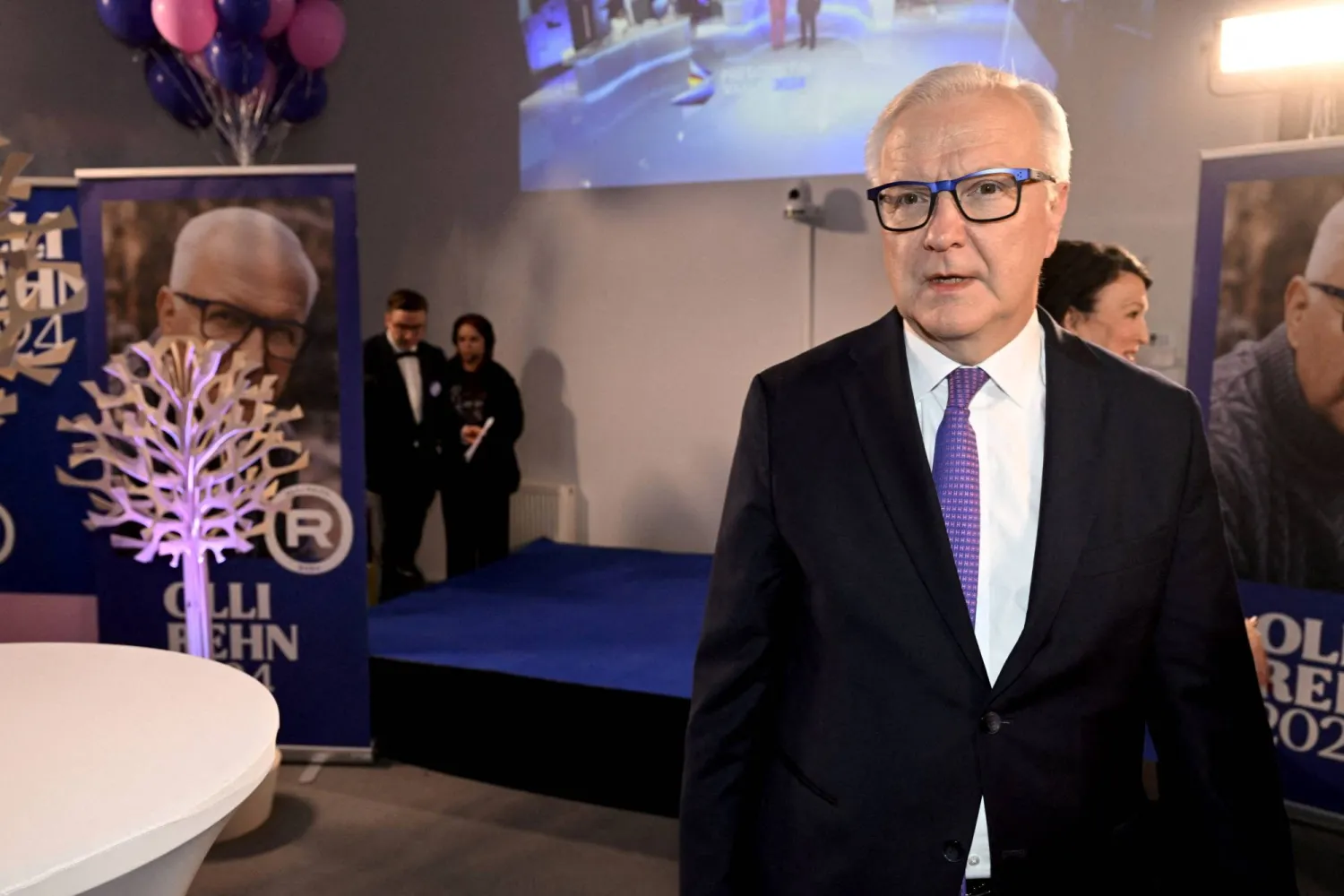Japan Tuesday pledged to slash greenhouse gas emissions by 60 percent in the next decade from 2013 levels but climate campaigners said the target fell short of what was needed under the Paris Agreement to limit global warming.
Under the Paris accord, each country is supposed to provide a headline figure to the United Nations for cutting heat-trapping emissions by 2035, and a detailed blueprint for how to achieve this.
Japan is heavily dependent on imported fossil fuels as the world's fifth largest single-country emitter of carbon dioxide after China, the United States, India and Russia.
On Tuesday Tokyo's environment ministry said the country would slash emissions 60 percent by the 2035 fiscal year.
The world's fourth-largest economy also aims to cut emissions by 73 percent by fiscal 2040 as part of its new Nationally Determined Contribution (NDC) -- a voluntary pledge to be submitted to the UN later on Tuesday.
Nearly 200 nations had been required to deliver their fresh climate plans by February 10 but just 10 did so on time, according to a UN database tracking the submissions.
The Japanese ministry said Tuesday that its "ambitious targets (are) aligned with the global 1.5 degree Celsius goal and on a straight pathway towards the achievement of net zero by 2050".
But Masayoshi Iyoda from international environmental group 350.org noted that scientists say an emissions cut of 81 percent by 2035 is needed for Japan to honor its commitments to the 1.5 degree objective.
"This is a major failure in Japan's attempt to transition to a future of renewable energy that is fair and just," he told AFP.
Kazue Suzuki of Greenpeace Japan also said the new target was "far too low", calling for a 78 percent reduction given "our responsibility as an industrially advanced country".
- Renewable future? -
UN climate chief Simon Stiell has called the latest round of national pledges "the most important policy documents of this century".
Yet just a handful of major polluters handed in upgraded targets on time, with China, India and the European Union the biggest names on a lengthy absentee list.
There is no penalty for submitting late targets, which are not legally binding but act as an accountability measure to ensure countries are taking climate change seriously and doing their fair share toward achieving the Paris goals.
In 2016, Japan committed to a 26 percent reduction in emissions by 2030. It strengthened this in 2021 to 46 percent by 2030 compared to 2013 levels.
The Japanese government also on Tuesday approved its latest Strategic Energy Plan -- which includes an intention to make renewables the country's top power source by 2040.
Nearly 14 years after the Fukushima disaster, Japan also sees a major role for nuclear power to help it meet growing energy demand from AI and microchip factories.
So a previous pledge to "reduce reliance on nuclear power as much as possible" was dropped from the new plan.
A draft plan released in December had said Japan would jointly promote renewable energy and hydrogen fuel with its ally the United States.
But after President Donald Trump pulled Washington out of the Paris Agreement last month, mentions of a US-led clean economy framework were deleted.
"We've made certain tweaks" following Trump's announcements, an industry ministry official told reporters Monday.
But "it doesn't mean Japan's broader efforts towards a 'green transformation' will be changed significantly", he said.
Nearly 70 percent of Japan's power needs in 2023 were met by power plants burning coal, gas and oil -- a figure Tokyo wants to slash to 30-40 percent over the next 15 years.
Almost all these fossil fuels must be imported, at a cost of around $470 million per day according to Japanese customs.
Under the new plans, renewables such as solar and wind are expected to account for 40-50 percent of electricity generation by 2040.









